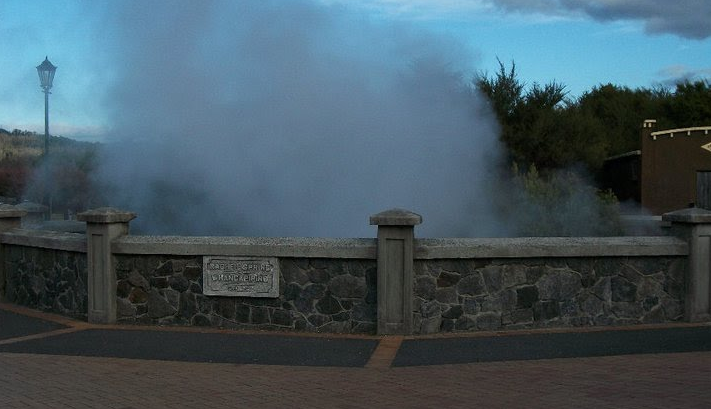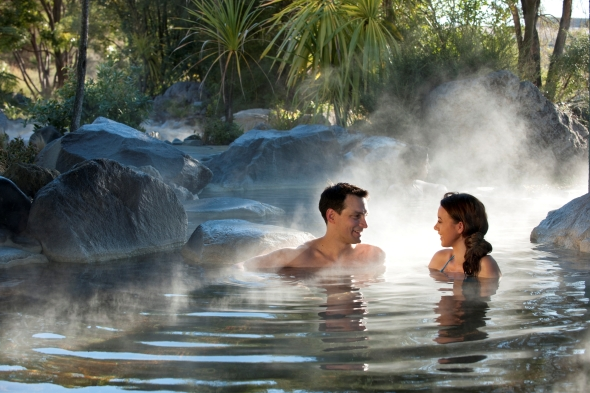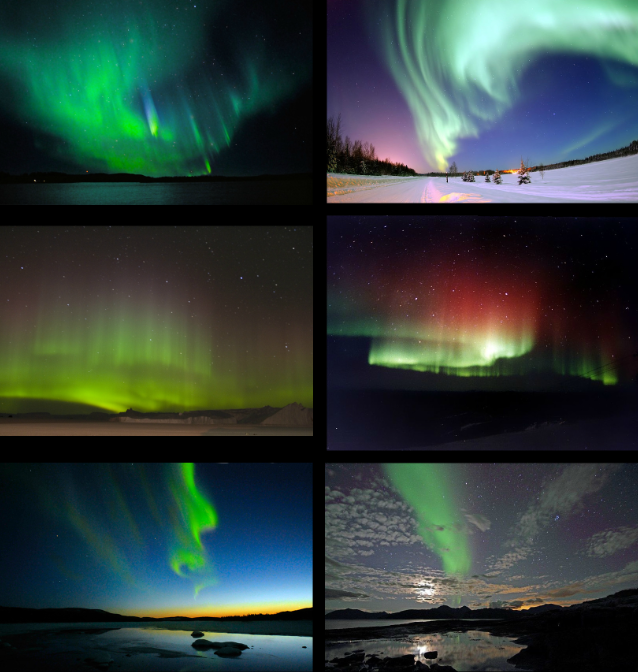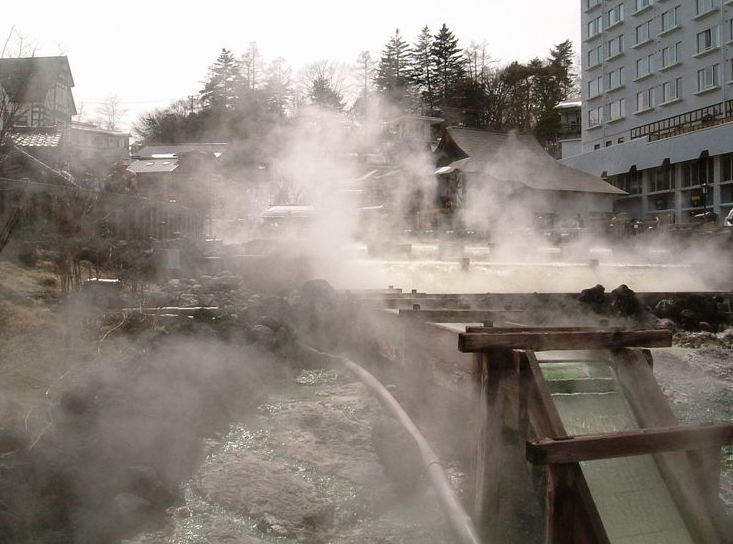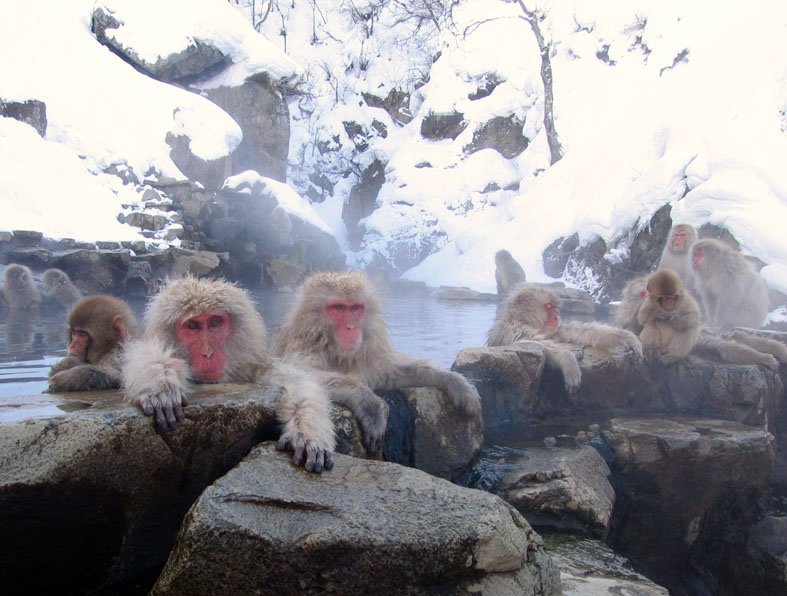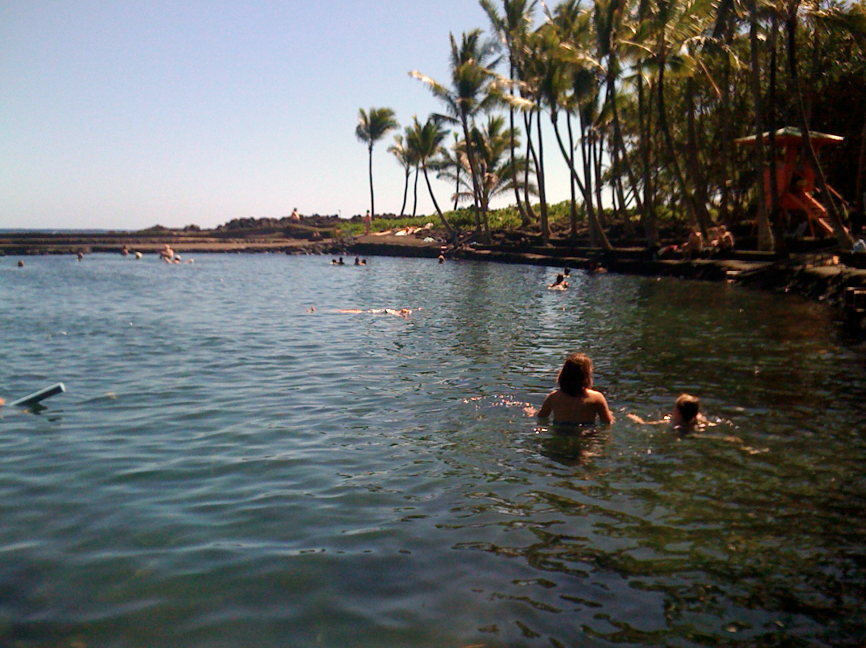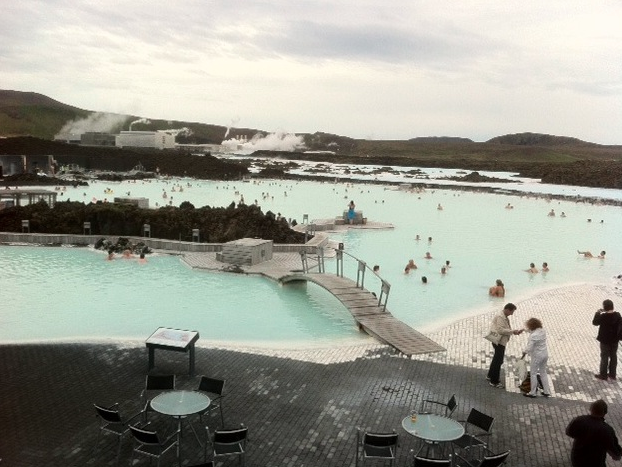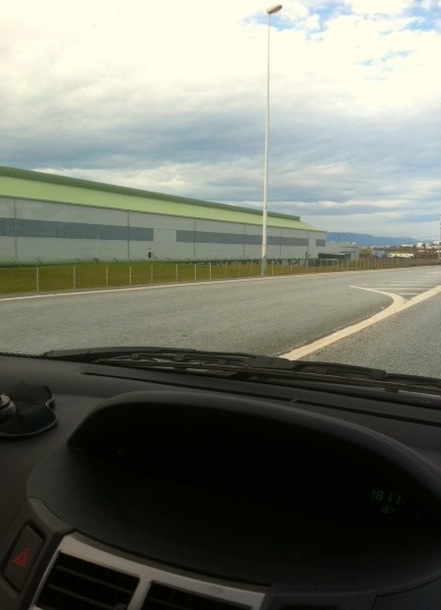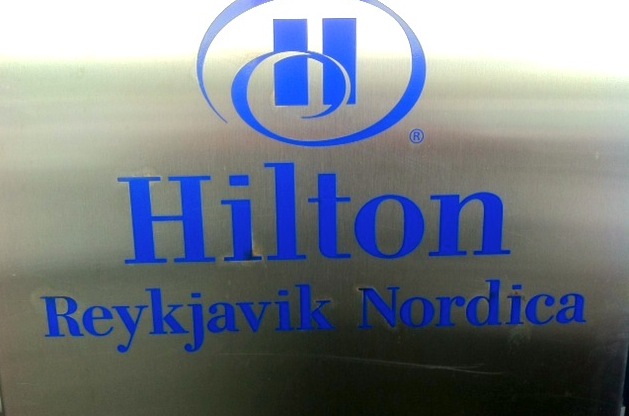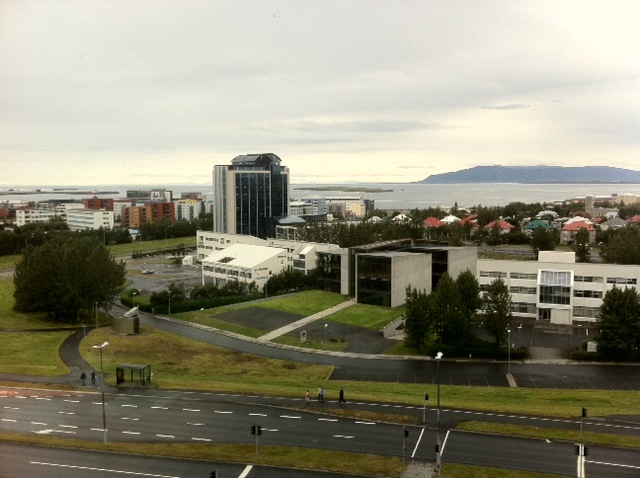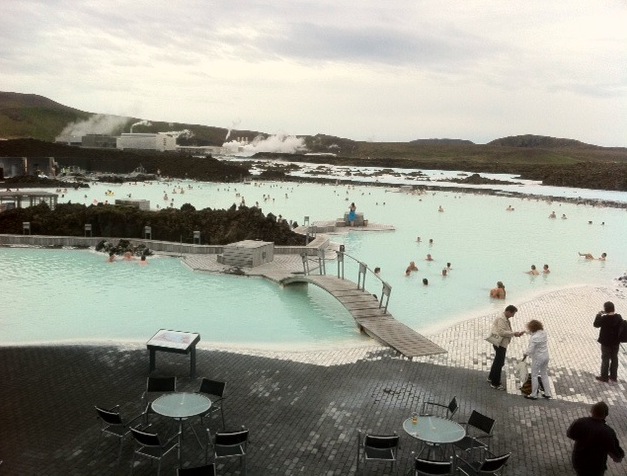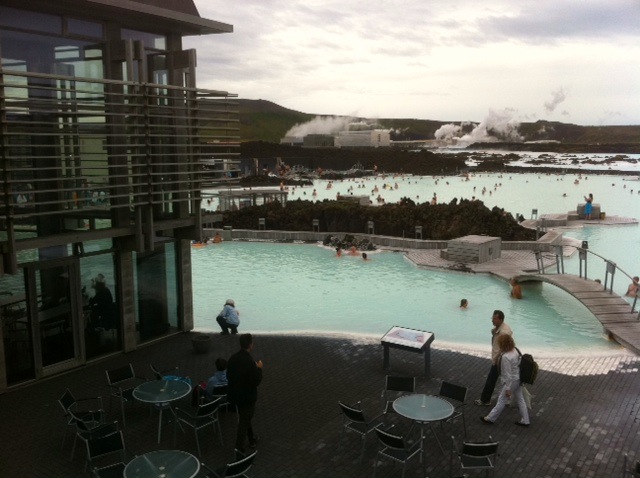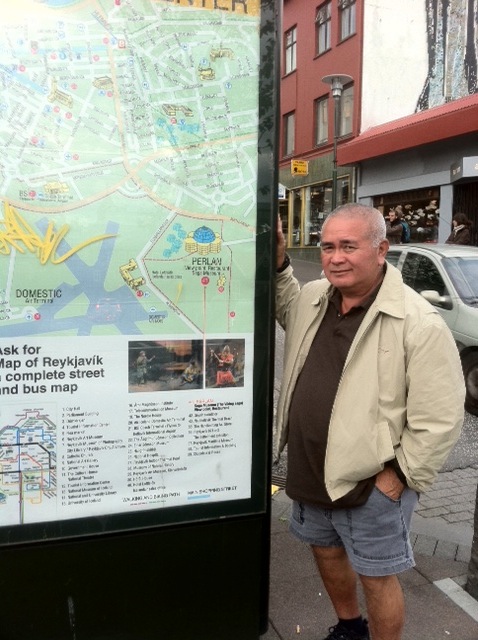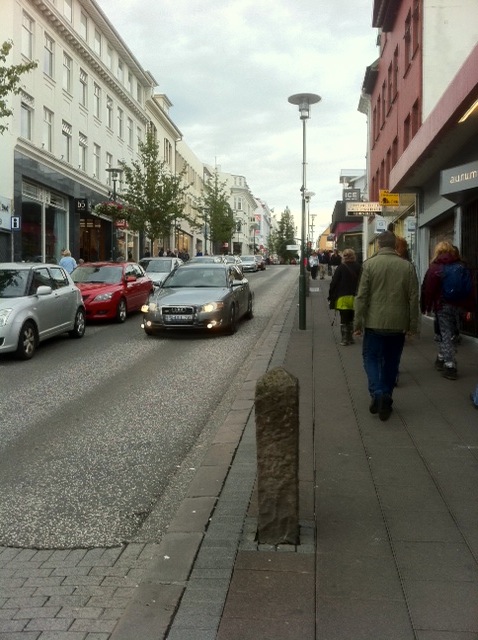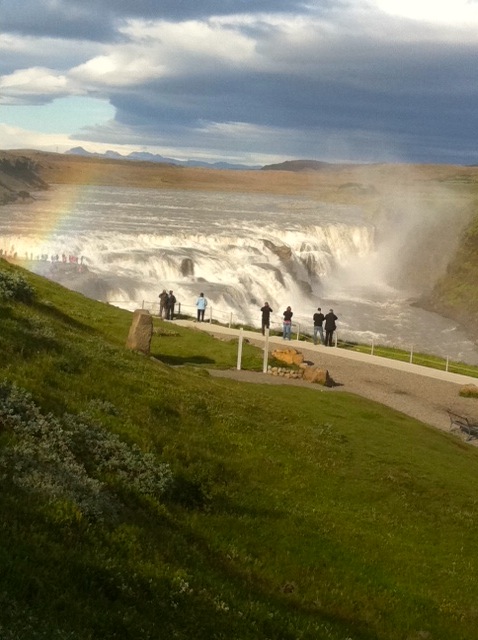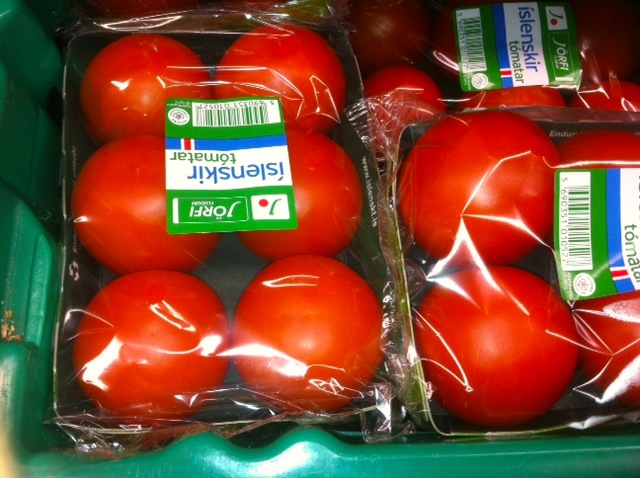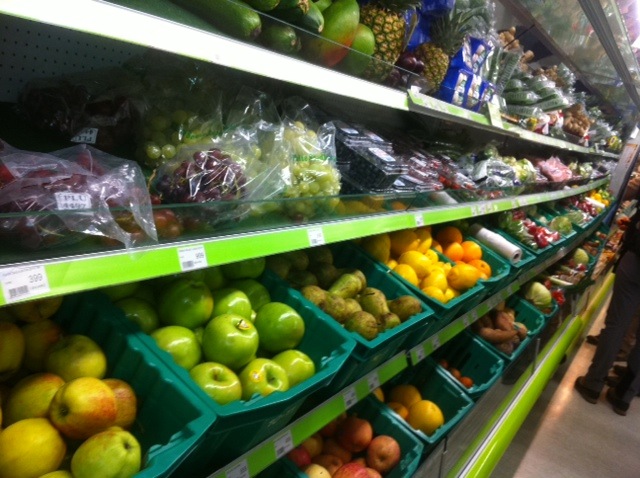By Leslie Lang
Years ago I worked for United Airlines, and the story of that portion of my life is told through travel tales.
For instance, when the airline started flying to New Zealand, I packed my bag. Two highlights of that trip were:
- The Auckland Museum. I purposely, and delightedly, went to New Zealand by myself, which was delicious because it meant I got to go where I wanted, and do what I wanted, without compromise. It meant I could spend hours and hours at this museum with its fascinating Polynesian collection. I was so interested that a man who is a guide there, but was off for the day, gave me a tour of part of the museum. Also, I met a really nice older, grandmother-type woman in the museum’s café and we chatted for a long time; eventually she invited me to her house for tea and we had a fun visit that I have always remembered. (Lesson: When you travel by yourself, you often have experiences you would not otherwise have.)
- Visiting Rotorua, specifically for the geothermally heated mineral spas that the North Island town is known for. That was great.
What a cool place, first of all. The whole town smells slightly sulfur-y, which gives it an otherworldly feel (smell?). I liked that.
People love soaking in those geothermally heated pools such as Rotorua’s Polynesian Spa (recognized by Conde Nast Traveller magazine as one of the Top 10 natural/thermal/medical spas in the world), I tell you. Including me.
Here are more than 500 TripAdvisor reviews of the Polynesian Spa at Rotorua, most very positive.
Another big spa in Rotorua is interestingly called Hell’s Gate, with the subtitle, “The Beast Of All Geothermal Parks.”
From the website (which explains how it got that name):
Hells Gate geothermal attraction is Rotorua’s most active geothermal park and is known as the “AWESOME BEAST” of New Zealand Geothermal attractions. Hells Gate geothermal attraction features boiling hot pools and erupting waters with temperatures in excess of 100 degrees Celsius; steaming fumaroles; hot water lakes; sulphur crystals and deposits; New Zealand’s largest active mud volcano; Southern Hemisphere’s largest hot water fall and even examples of land coral. See, feel and understand the awe of Irish Playwright George Bernard Shaw as he gazed upon the land and gave it the English name “Hellsgate” as he believed he had arrived at the gates to Hell. A primeval setting displaying the awesome RAW POWER of the earth and its geothermal nature.
And here’s how they advertise their “unique geothermal muds,” and what they are helpful for:
See, touch and be amazed with the unique geothermal muds of the Hells Gate geothermal park – the black geothermal mud used for more than a century in the treatment of arthritics and rheumatism, our ice cold white geothermal mud that changes its form from solid to liquid and back again, that is used for the relief of burns; and the warm silky grey geothermal mud that gently exfoliates the skin. Hells Gate geothermal park is the only geothermal attraction in New Zealand that produces these three types of geothermal muds making Hells Gate geothermal attraction in Rotorua a unique geothermal mud experience.
And a little history:
Follow the footsteps of warriors old, through the swirling clouds of steam, past the pool where the Maori Princess, “Hurutini” lost her life for her people; see the violent geothermal activity of the “Inferno” with two erupting pools aptly named “Soddam” and “Gomorra” by George Bernard Shaw and then on to the “Kakahi Hot Water Fall, where warriors would return after battle to remove the “Tapu” of war and heal their wounds at the only Maori-owned area of geothermal in New Zealand.
I am such a huge fan of the whole hot spa soaking thing, as people have been, of course, throughout time.
From the UK Energy Research Centre: Geothermal energy was discovered in its simplest form many centuries ago. During Roman times water percolating through fissures in hot rocks produced hot springs in the ground around which civilizations were built (e.g. Bath Spa, UK; Pompeii, Italy).
This past summer I took my daughter to see the ancient geothermal Roman baths at Bath. Check out this neat video look at the elegant and historic town of Bath. The section on the baths themselves starts at about 4:09.
I would like to visit the ancient Roman baths at Pompeii one day, too.
There are geothermally heated springs for soaking in all over the place. I truly got lost in this article, 20 Great Hot Springs Around Europe, for quite awhile.
Then there’s the amazingly beautiful Blue Lagoon in Reykjavik, Iceland, which Richard has visited and which I would love to see (especially between November and April, which is the season of the Northern Lights – how great would that combination be!).
There are some really stunning photos of the Blue Lagoon at the Anthology blog.
And now I have worked myself all up into wanting to take a world tour: Visiting hot spas, soaking in geothermal mud, relieving aches and possibly medical conditions, who knows, while at the same time completely relaxing and rejuvenating. What a life that would be! Shall we have Richard send me on such a fact-finding mission?
I could go check out all these geothermally heated spas, first-hand, ask people why they flock to them, and then post reports on the blog telling you how great it is.
I would revisit Rotorua and soak right at Hell’s Gate.
I would go to Japan, where I was a teenage exchange student not once but twice, and still somehow completely missed the onsens.
It’s possible I would even try an “onsen tomago.”
Onsen tamago (温泉卵 or 温泉玉子?) is a traditional Japanese boiled egg which is originally slow cooked in the water of onsen hot springs in Japan. The traditional way of cooking onsen tamago is to place eggs into rope nets and leave them in a hot spring, with water that is approximately 70°C (158ºF) for 30 to 40 minutes. Crack open the shell and serve the egg in seasoned bonito dashi (Japanese stock) for breakfast, or in a light sauce made with mirin, dashi and soy sauce with chopped spring onions sprinkled over the top.
To heck with the eggs; I would soak myself in Japan’s onsen, snow all around, and possibly even with these macaques. Lucky devils.
On my international fact-finding mission, I would be forced to stay in Reykjavik and soak in the Blue Lagoon night after night after night, until I had marveled at the Northern Lights to my complete satisfaction.
But in the meantime, it’s not all bad here, either. There is, for instance, our geothermally heated pond at Alahanui County Park in Kapoho. Did you know that before the 1960 Kapoho eruption, the waters there weren’t hot? I didn’t know that.
Another interesting site within the Puna district are the heated tide pools at Ahalanui Beach Park (aka Puʻalaʻa County Park), where spring water has been naturally heated through geothermal energy and this mixes with ocean water along the shoreline.
Maybe I’ll see you there!

